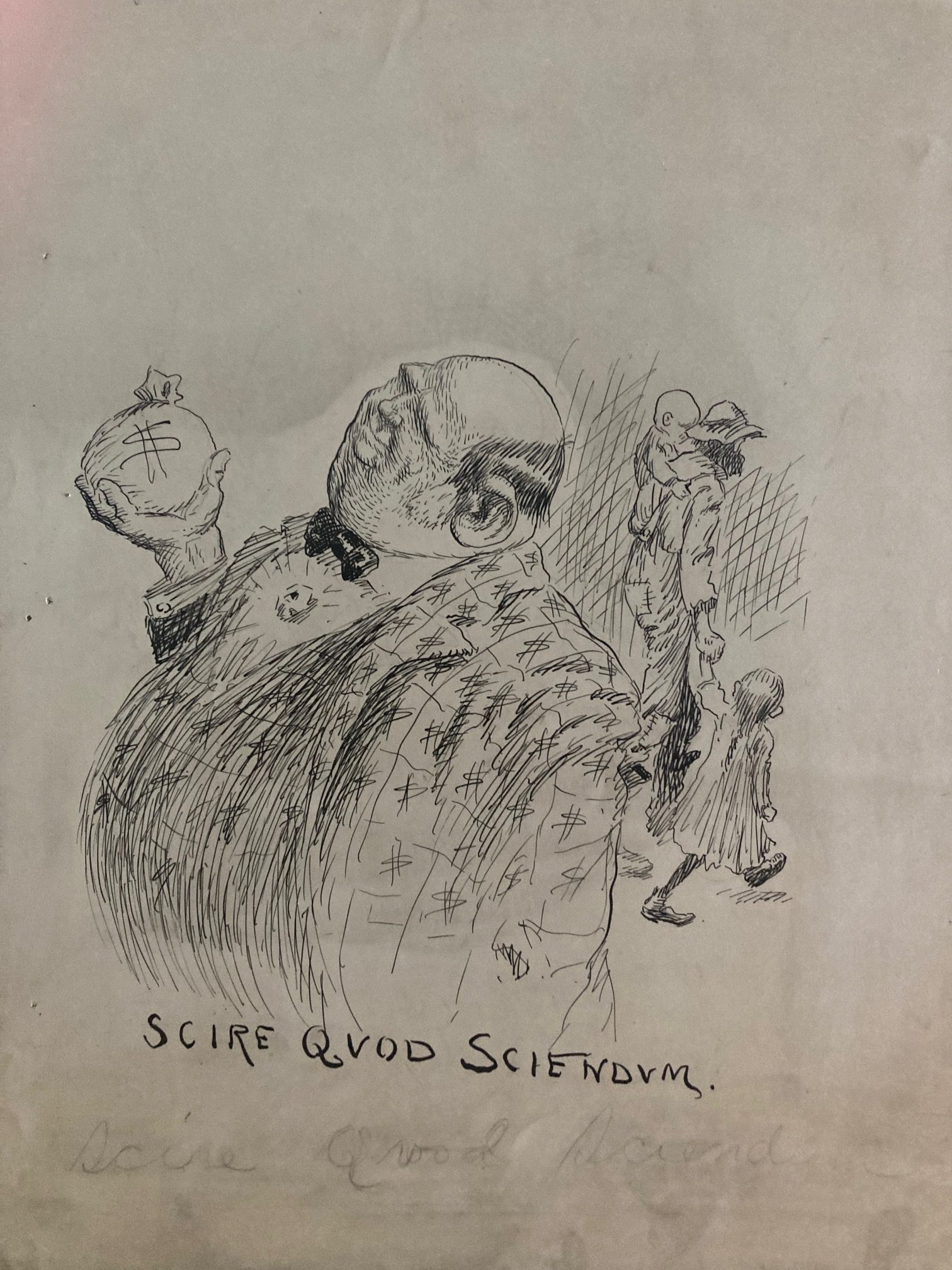Northwest Classics
Published 3:00 am Monday, January 20, 2025

- 61Xj5pxM89L._AC_UF1000,1000_QL80_.jpg
Consider “The Distant Music” pure escapism.
Trending
It’s a chance to escape from today’s world, where real estate investors are snapping up affordable housing, the rent price is soaring and presidential candidates are being convicted for felonies.
Reading any Northwest classic book, for that matter, is a chance to get away.
Why not travel back in time, when in the “modern” world some people feel threatened by public schools and libraries? Others celebrate stock market record highs, and still others tell dystopian tales of economic calamity while inflation sets nerves on edge.
Trending
H.L. Davis’ classic historical fiction is the antidote to such stress. The book tells the story of three generations wrestling a living out of a plot of land on the dry end of the Columbia River Gorge. The story starts in 1857. Running well into the first half of the 1900s, the plot centers on a family gaining acreage, which becomes, generations down the line, an albatross.
The story goes like this: Ransom Mullock, from Missouri, arrives at Clark’s Landing, and with wife Medora, claims 1,260 acres of land. Ransom and Medora struggle to hold the land.
They pass it on to a second generation, son Ransom, who begins to build on the land. The third generation, also named Ransom, vows to abandon the land forever. He leaves to pursue his fortune, only returning when his dad falls gravely ill.
Throughout, the author of Pulitzer Prize-winning “Honey In The Horn” displays the writer’s gifts. He takes the approach of fellow author Ernest Hemingway, who observed, “Experience is communicated by small details intimately observed.”
Davis’ keen eye for detail is on display on every page. An example: “Open swathes cut through deep timber so that one could travel for a day on dead logs five or six feet above the ground, with tall fireweed and foxgloves reaching up to bloom underfoot and thousands of bright colored little garter snakes sunning themselves on the logs that had to be switched out of the way so one could walk at all.”
Long sentences get plenty of exercise. Paragraphs ramble on for half a page or more.
Thank goodness for occasional dialogue.
Although this is not a humorous book, Davis trots out dry, understated humor, a bit of sugar in otherwise unsweetened prose.
The modern reader, accustomed to the 10-second attention span, must persevere through sections of excruciating tedium where the story takes pointless digressions and plods like an overworked oxen team.
Despite rambling ruminations and underdeveloped characters, the story is compelling. We’re covering significant ground here — three generations. The reader thinks he has a main character all staked out and begins to root for success against almighty odds. Then that character dies and is replaced with a new main character. And so on.
Despite the book’s faults, it is richly evocative and gives a sense of a place and time where so much is changing — wagon trains give way to choo-choo trains, dirt paths give way to paved roads, kerosene lanterns give way to electric lights and the horse gives way to the automobile.
The book concludes in the early 20th century, but the reader can imagine the plot of land’s future. Paved roads giving way to interstate highways and canoe traffic giving way to barges and windsurfers. The reader is left to wonder. Is the land, star of this book, now perhaps buried under a data center?









